There are some award-winning projects at the Venice Architecture Biennale, which reflect the designer’s thinking.
On May 26th, the 16th Venice Architecture Biennale was officially opened. Curators Yvonne Farrell and Shelley McNamara set the theme of the Biennale as "Freespace." In their view, architects may not be able to solve global problems, but they can exert considerable force on every "small range." This also contributed to the core of the architectural agenda – a humanity consciousness and a spirit of generosity.
This time, the exhibition began with a focus on the quality, openness, and mobility of space.
Also on the same day, the Venice Architecture Biennale Awards Ceremony was held at the Biennale headquarters. Among them, the Portuguese architect Eduardo Souto de Moura and the Swiss National Pavilion were awarded the honor of the Golden Lions.
The Swiss Pavilion brings an exhibition on the theme of this year's Biennale with the theme "Svizzera 240: House Tour". Swiss architects Alessandro Bosshard, Li Tavor, Matthew van der Ploeg and Ani Vihervaara have transformed the entire pavilion space into an “unfinished homeâ€. Among them, there are simple assemblies that will be used in new homes or rental apartments: pure white walls, laminated wood floors and plastic window frames. Surprisingly, the size of the rooms, doors and windows are differently "distorted", creating a "Alice in Wonderland"-like experience for visitors.
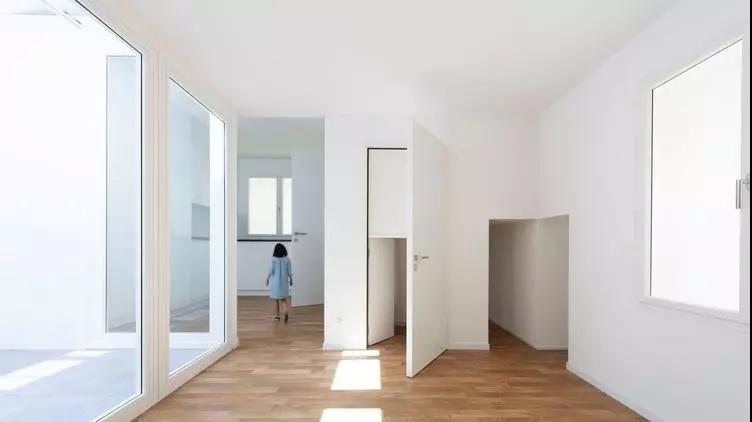
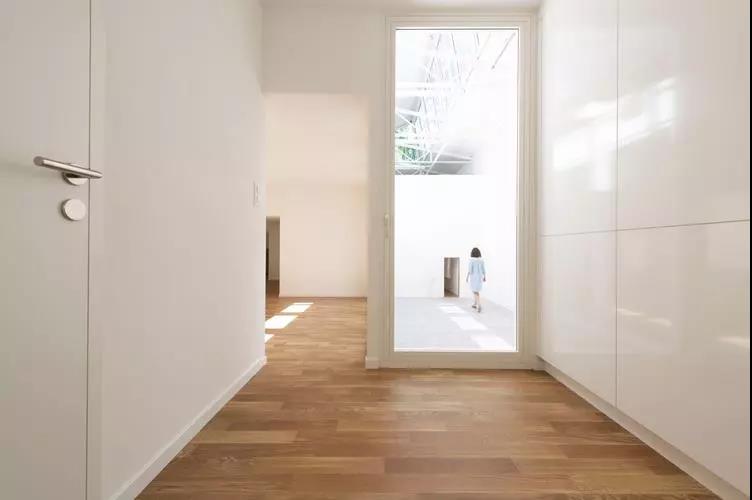
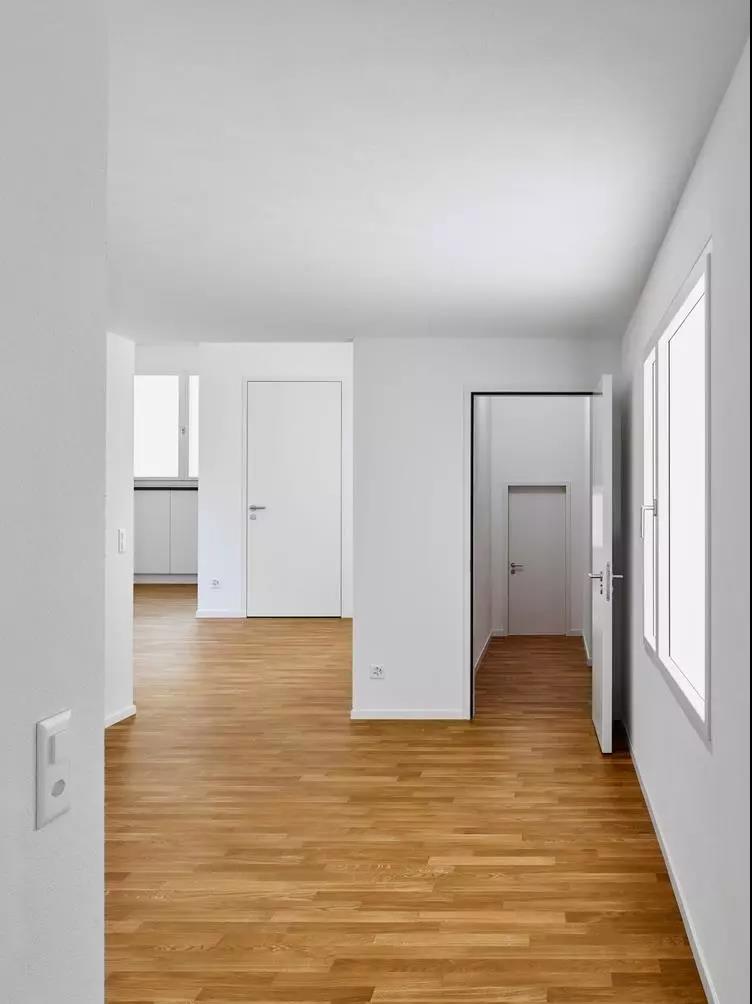
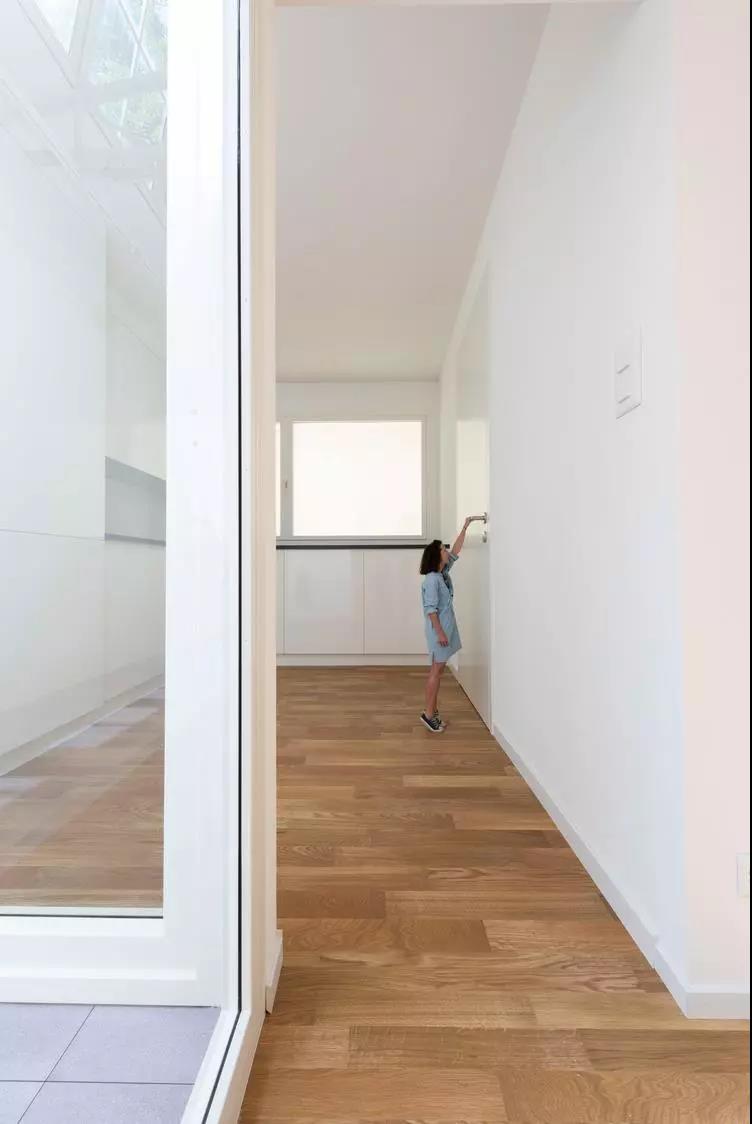
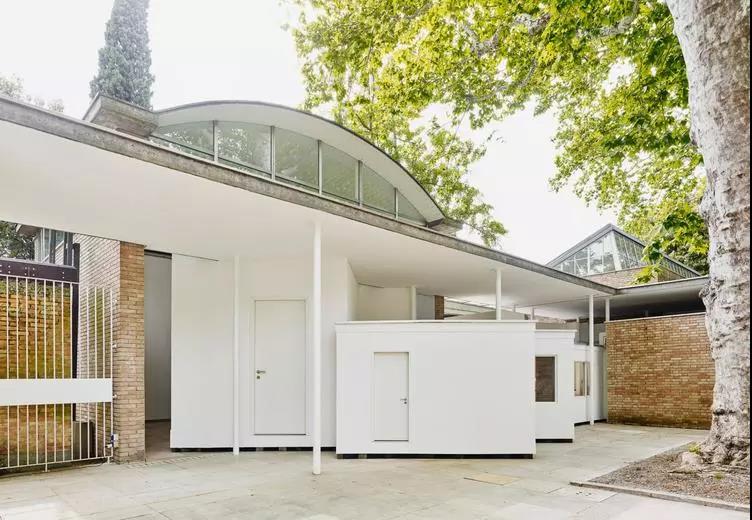
The starting point of this exhibition is the practical concern for the residential space.
In Switzerland, only about 30% of people own their own homes, most of them live in rented houses, and their interior design often seems “meanâ€, lacking the interaction between people and space. understanding. Curators have questioned the role of “exaggerating†indoor installations and accessories – simple, inexpensive assembly does not mean monotony and cramping, it can also create other possibilities. The Swiss Pavilion offers a solution that not only addresses the size issues critical to indoor space, but also makes the living experience fun.
The British pavilion with the theme of “island†was nominated for honor and it took our eyes to a larger social proposition. British architectural firm Caruso St John and artist Marcus Taylor created a wooden platform for the top of the pavilion to convey its philosophy of “simultaneously as a refuge and exileâ€.
The pavilion is surrounded by tall scaffolding that supports the entire platform. The pattern on the surface of the platform is reminiscent of the effect of the tiled floor of the Palazzos in Italy; the tip of a pointed roof is exposed in the center of the platform, as if the vessel was sunk, its mast part was exposed to the surface General.
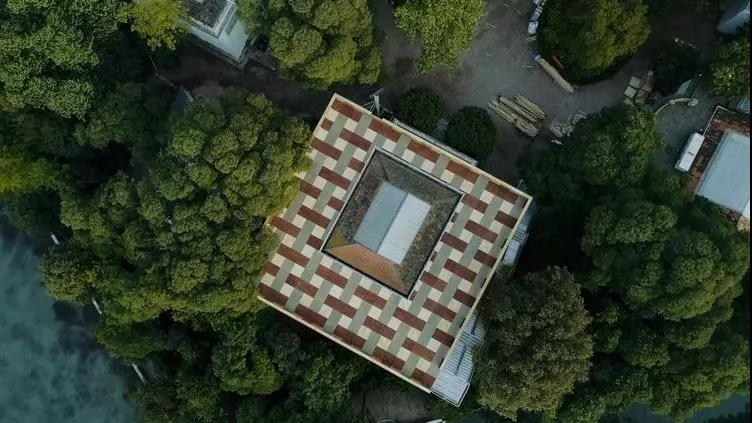
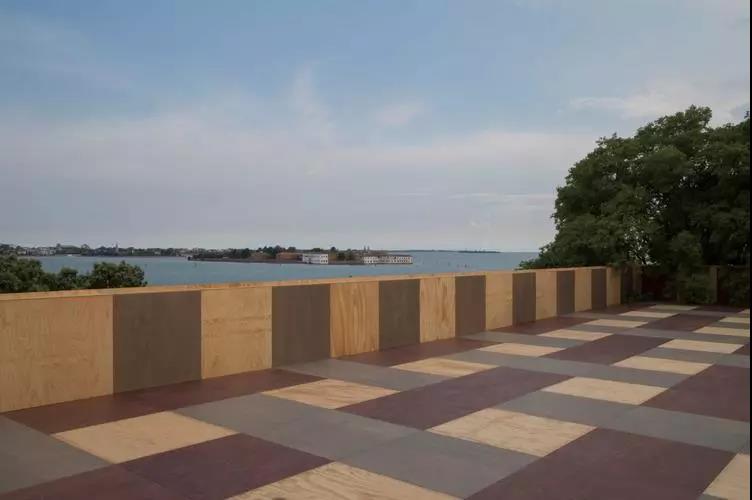
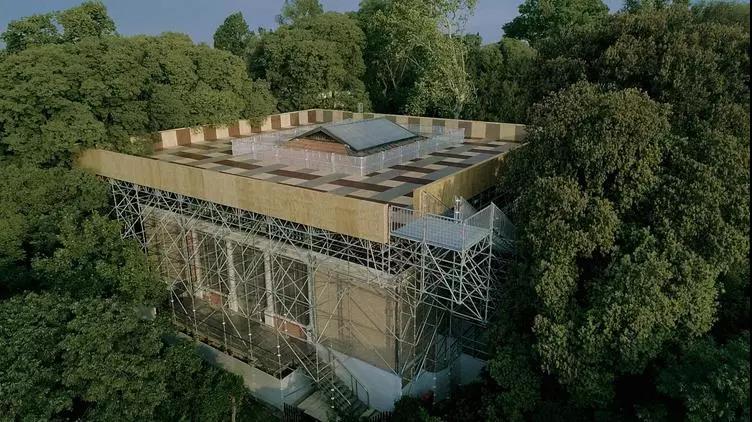
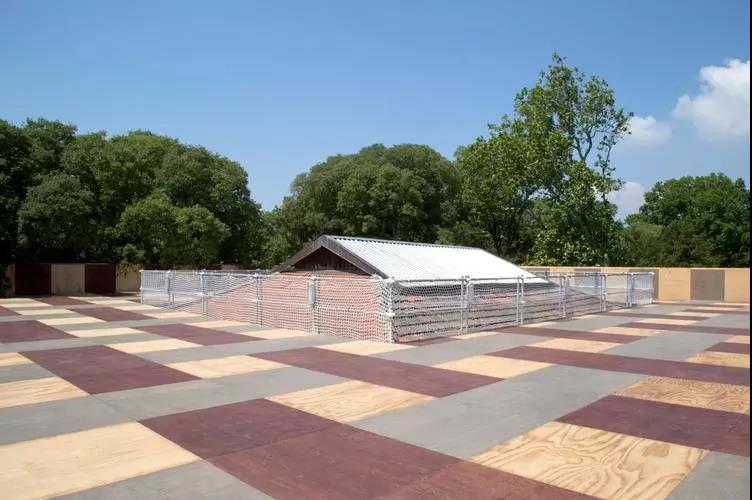
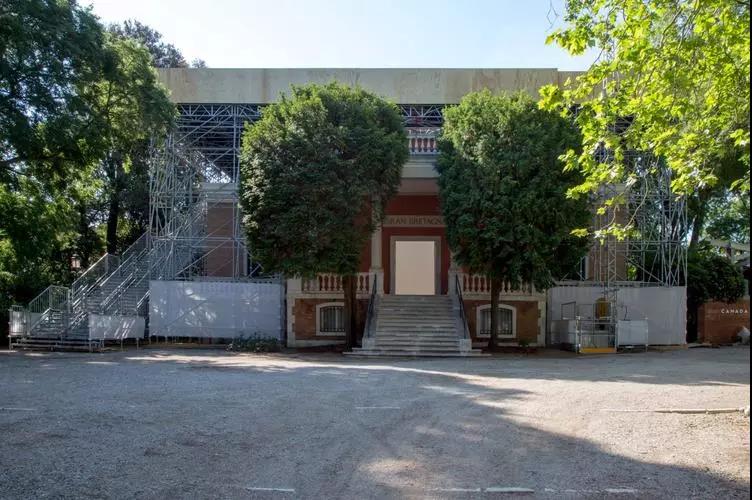
The “island†project involves concerns about issues such as colonialism, climate change and Brexit, although they all appear to be “hiddenâ€.
“Our project is 'conceptual' and it doesn't give people a particularly specific and clear feeling. It also means that we have no control over what is going to happen here,†St John said. The only framework he provides is a space that allows people to reflect on the status quo while also imagining the future with an optimistic attitude. During the next exhibition period, a series of activities, debates and performances will be held in the platform and exhibition hall to further and further explore these issues.
At the same time, Edvardo Suto de Mora also won the Golden Lion Award for a farmland conversion project in 1997.
At the Biennale, De Mora's project Vo De Jour is an aerial view of two parallel displays, which were presented before and after the construction of the San Lorenzo Baroca Hotel (San Lorenzo Baroca Hotel). The area overlooks the landscape. From the picture point of view, human intervention in the environment is even hard to detect. In the words of the jury, these two images “revelation of the essential relationship between architecture, time and space.â€
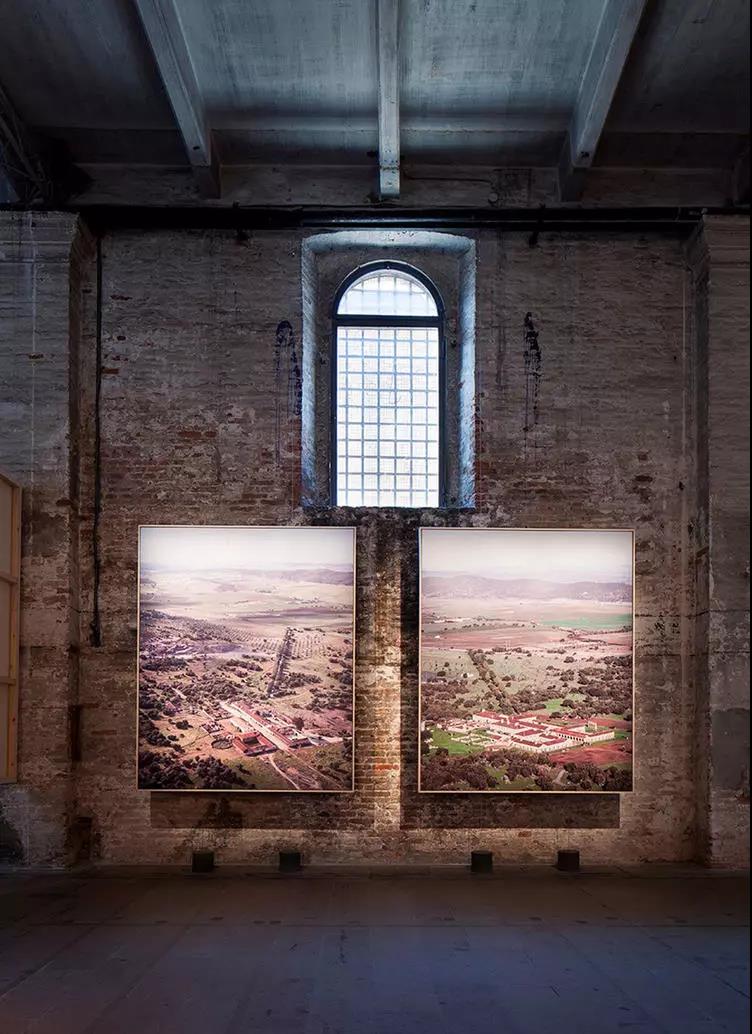
The project by the young architects of Belgium, Jan de Vylder, Inge Vinck and Jo Taillieu, won the Silver Lion. Through a combination of pictures and wooden architecture, they explored how to embed new structures into old buildings.

Honor nominations were also given to two other participants in the exhibition. One of them is the architect Andra Matin from Indonesia. He made a device project called Elevation - in a structure with local characteristics, Matin showed the native architecture of the Indonesian archipelago. The other is Rahul Mehrotra, an architect from Mumbai. At the Biennale, Mehrotra presents the diversity of Indian society through three projects. The jury believes that “they explore the intimacy and empathy that is slowly spreading between social boundaries and levels.â€
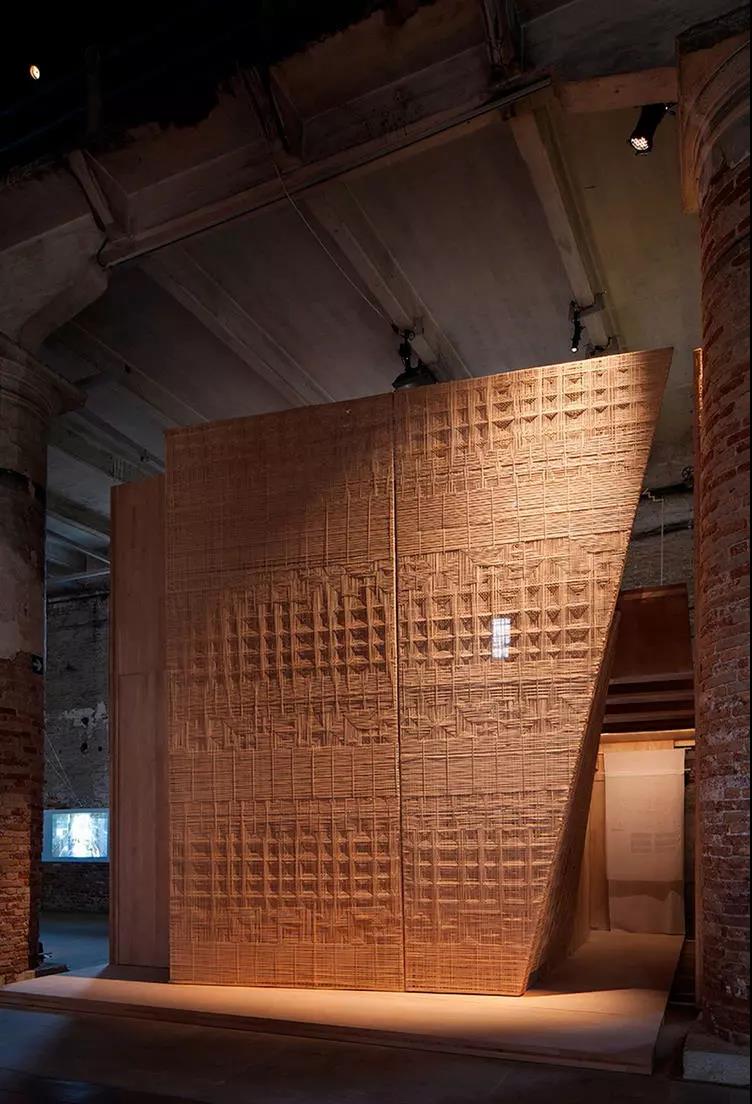
Elevation made by Andra Matin
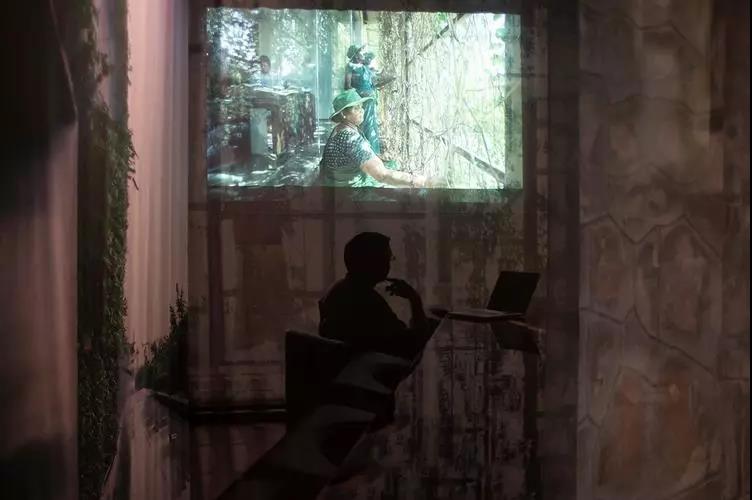
Project from Rahul Mehrotra@Italo Rondinella(pic/archdaily)
The exhibition will last until November 25.The map and the pictures in the text (if not stated) are from: dezeen
Click Lock Spc Flooring,Lock Spc Flooring,Core Lock Rigid Spc Flooring,Premium Core Lock Spc Flooring
Hangzhou LvDong Building Materials Co., Ltd , https://www.ldunite.com